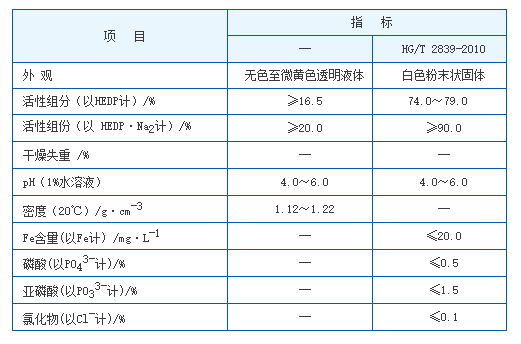Understanding the Role of Coagulants and Flocculants in Water Treatment Processes
Coagulants and Flocculants in Water Treatment
Water is one of the most essential resources for life, yet ensuring its purity and safety has become increasingly challenging due to pollution, industrial discharge, and urban runoff. Water treatment processes play a crucial role in removing contaminants and ensuring that the water we consume meets health and safety standards. Among the various techniques employed in water treatment, the use of coagulants and flocculants stands out as a fundamental approach.
Understanding Coagulants and Flocculants
Coagulants are chemical agents that facilitate the aggregation of suspended particles in water. They work by neutralizing the charge on these particles, allowing them to clump together into larger masses, known as flocs. The most commonly used coagulants are aluminum sulfate (alum), ferric chloride, and polyaluminum chloride. The selection of a coagulant depends on the nature of the water being treated and the types of impurities present.
Flocculants, on the other hand, are substances that further aid the aggregation process by promoting the formation of larger, more stable flocs that can easily be removed from the water. Flocculants can be natural or synthetic polyacrylamide-based compounds and are used to enhance sedimentation and filtration processes in water treatment plants. The combination of coagulants and flocculants can significantly improve the efficiency of the overall treatment process.
The Treatment Process
The water treatment process typically begins with the addition of coagulants to the raw water. This is followed by rapid mixing to ensure that the coagulant is evenly distributed and can interact effectively with the suspended particles. Once the coagulant is added, a slower mixing phase occurs, allowing particles to collide and form flocs. As flocs grow larger, they become heavy enough to settle at the bottom of the treatment tank through sedimentation.
coagulants and flocculants in water treatment

After sedimentation, the water is often treated with flocculants, which further assist in the formation and stabilization of larger flocs. The final stage often involves filtration, where remaining impurities and flocs are removed from the water before it is disinfected and deemed safe for consumption. This multi-step process not only enhances the clarity and quality of water but also significantly reduces harmful pathogens and pollutants.
Benefits of Using Coagulants and Flocculants
Using coagulants and flocculants in water treatment has several advantages. They effectively remove a range of contaminants, including organic matter, sediments, and microorganisms, leading to improved water quality. Additionally, the use of these agents can reduce the time and cost associated with the treatment process, making it more efficient. The implementation of such treatments also supports regulatory compliance, helping water treatment facilities meet stringent health and safety standards.
Moreover, the careful selection and application of coagulants and flocculants are necessary to minimize potential negative effects on the environment. For instance, the excessive use of chemical coagulants can lead to residual chemicals in treated water, which can pose health risks. Therefore, modern water treatment practices are increasingly focusing on optimizing the dosages and exploring sustainable alternatives, such as natural coagulants derived from plant materials.
Conclusion
In conclusion, the use of coagulants and flocculants is integral to ensuring safe and clean drinking water. As the challenges surrounding water quality continue to grow, it is imperative that water treatment facilities adopt effective practices that leverage these chemical agents. By improving treatment efficiency and water quality, coagulants and flocculants contribute to public health and environmental sustainability, making them invaluable tools in modern water treatment processes.
-
Water Treatment with Flocculant Water TreatmentNewsJun.12,2025
-
Polymaleic AnhydrideNewsJun.12,2025
-
Polyaspartic AcidNewsJun.12,2025
-
Enhance Industrial Processes with IsothiazolinonesNewsJun.12,2025
-
Enhance Industrial Processes with PBTCA SolutionsNewsJun.12,2025
-
Dodecyldimethylbenzylammonium Chloride SolutionsNewsJun.12,2025





